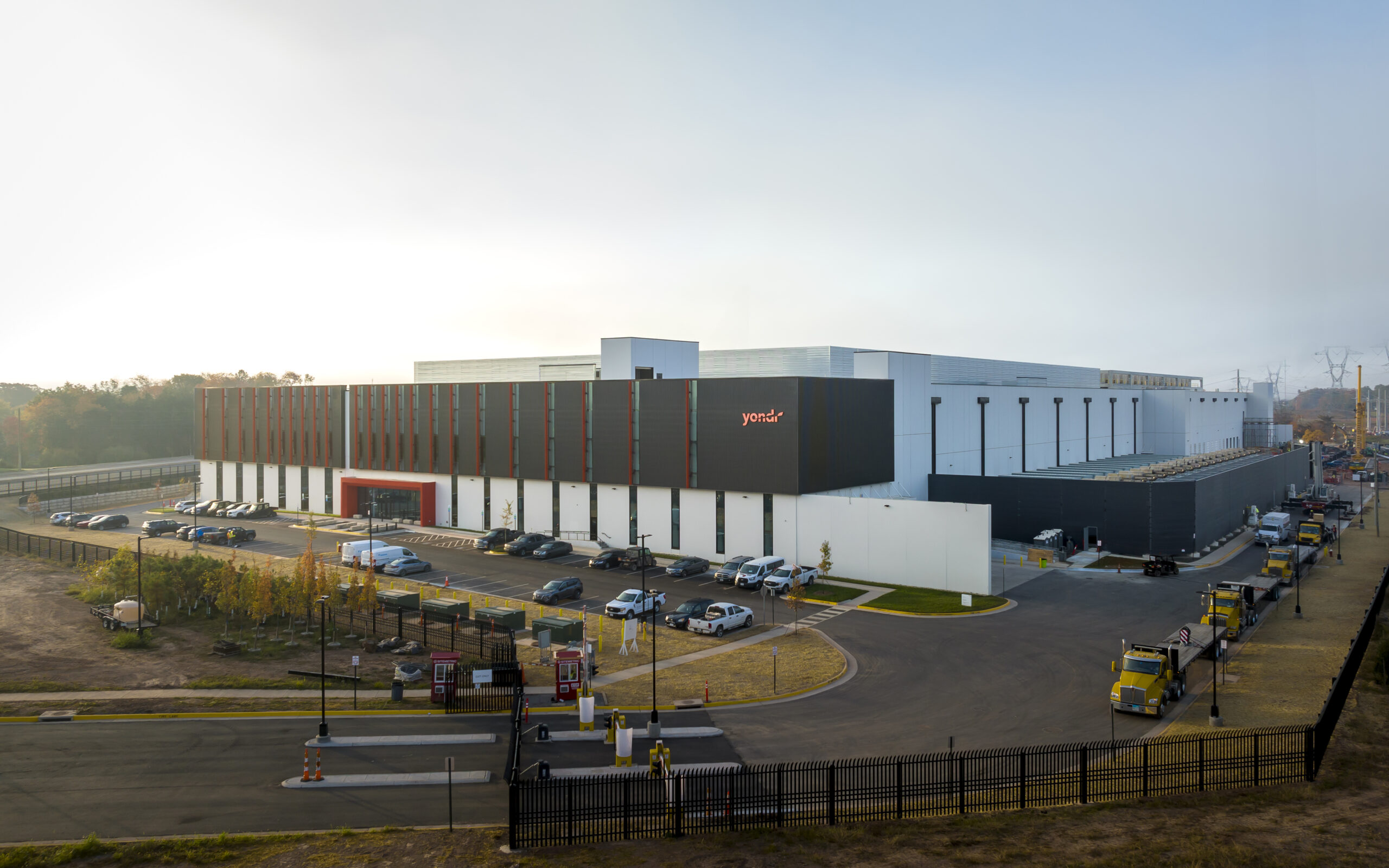The North American data center colocation market faces a concerning conundrum, and has arrived at a critical inflection point with vacancy levels hovering in the low single digits, finds a recent report by JLL.
According to the report titled North America Data Center Report – Midyear 2025, demand for digital infrastructure continues to outpace supply, vacancy rates have dropped to 2.3 percent. The construction pipeline has surged to 7.8 GW, roughly ten times the volume of five years ago, though 73 percent of this space is already preleased. The overall inventory has grown to 15.5 GW, with cloud providers and technology companies accounting for 65 percent of all leasing activity.
Key findings of the report
JLL projects North America could see US$ 1 trillion in data center development between 2025 and 2030. This would potentially add over 100 GW of colocation and hyperscale capacity. The ongoing adoption of AI, cloud migration, and digital transformation ensures that demand will continue to outstrip supply, reinforcing the sector’s status as a critical and highly competitive real estate asset class.
Northern Virginia remains the largest data center hub in the USA with 5.6 GW of capacity which is triple that of Dallas-Fort Worth which is the second-largest market at 1.5 GW.
The first half of 2025 saw absorption reach 2.2 GW, with Northern Virginia (647 MW) and Dallas-Fort Worth (575 MW) leading activity. Chicago (368 MW) and Austin/San Antonio (291 MW) also registered strong leasing.
Andy Cvengros, Executive Managing Director, Co-Lead of U.S. Data Center Markets, JLL, said, “The colocation market is experiencing unprecedented demand pressure under an increasingly stressful environment, despite the turbulence, the sector posted another record-shattering performance.”
Emerging markets are seeing rapid growth as power constraints in primary hubs push development elsewhere. Columbus, Ohio, has grown 18 times since 2020 and Austin/San Antonio expanded 5 times. Commercial electricity rates have climbed by 30 percent since 2020, incentivizing developers to target lower-cost power markets like Salt Lake City (5.7 cents/kWh) and Denver (6.4 cents/kWh).
The sector’s supply-demand imbalance is also compounded by grid connection wait times which reportedly average four years across the US.
Investor interest remains strong, with market capitalization up 161 percent since 2019, second only to industrial properties. Capital deployment into construction and stabilized projects surged in H1 2025, supported by favourable loan terms and innovative financing structures.




